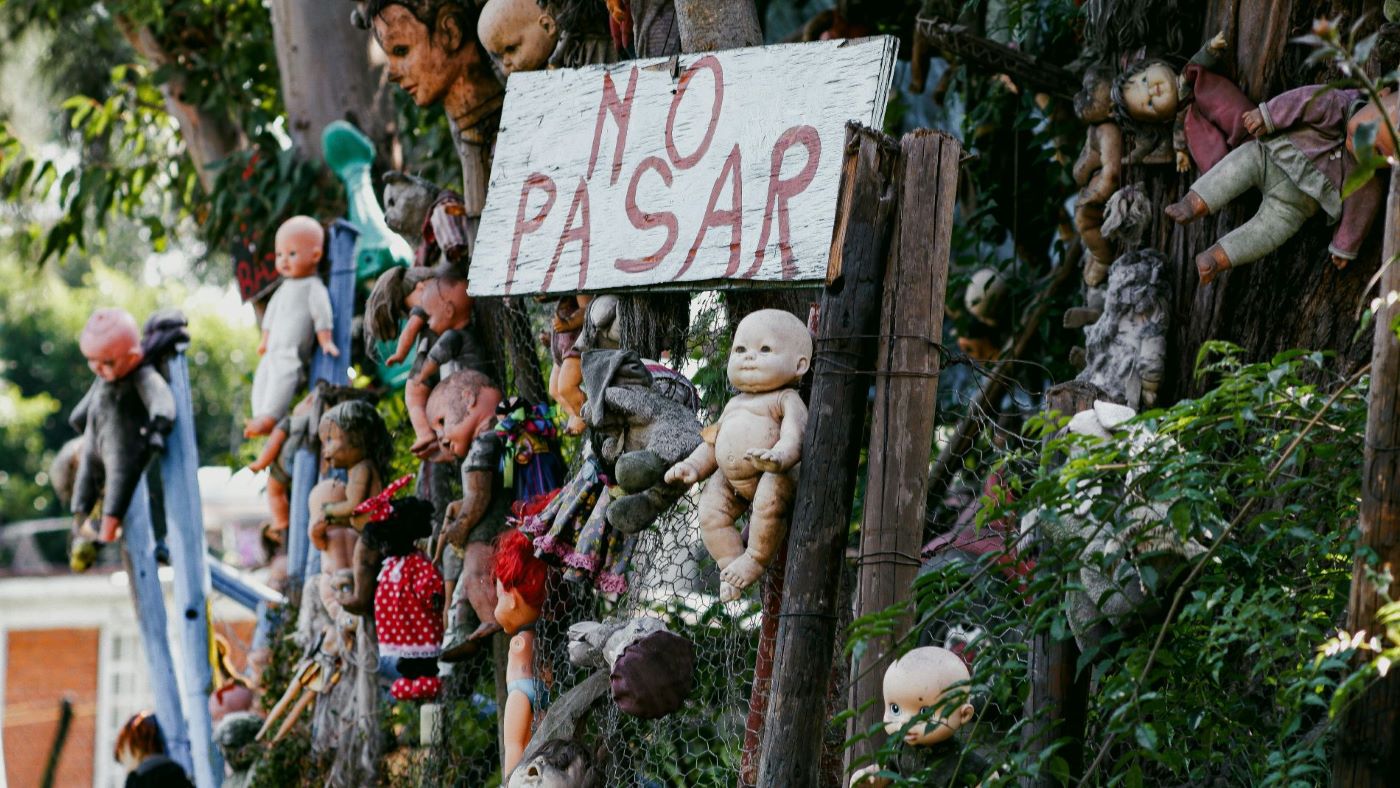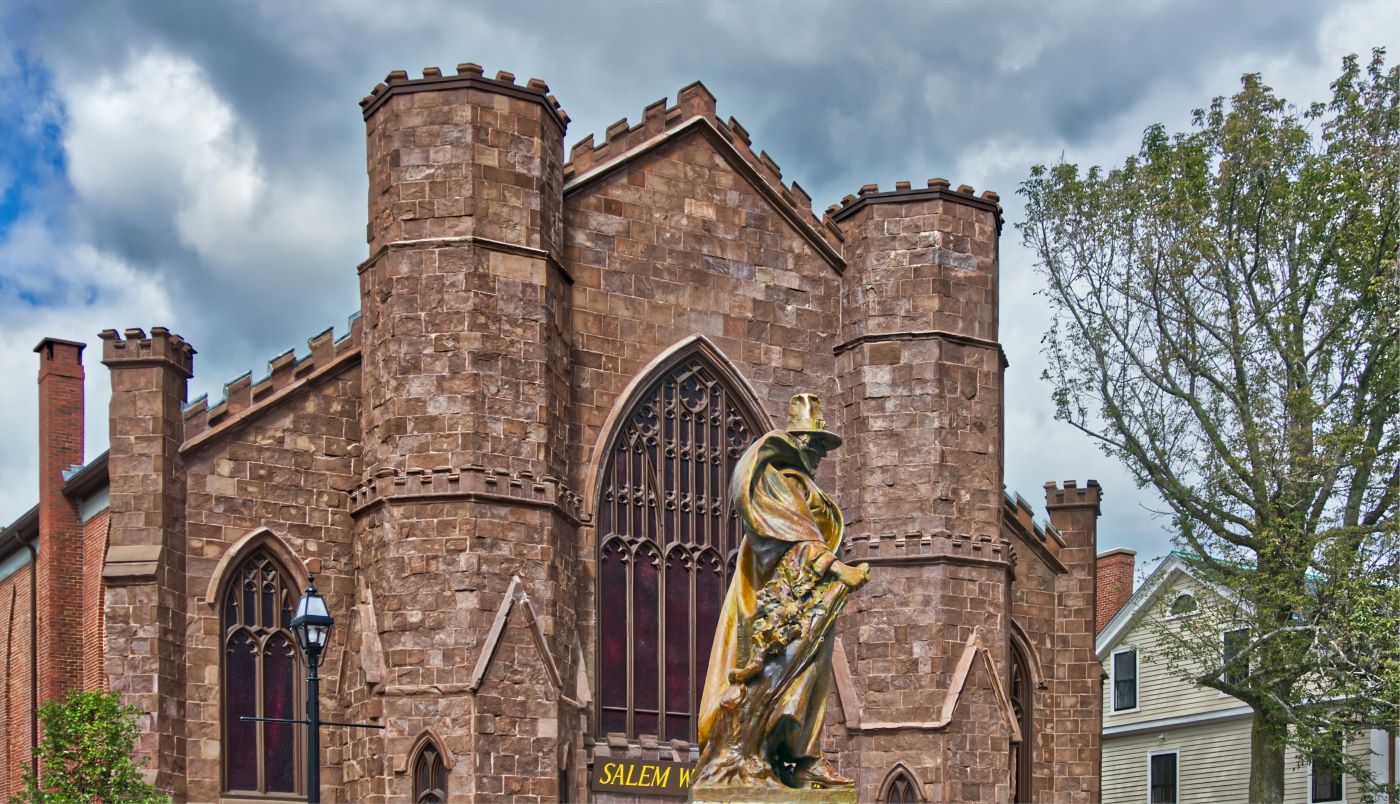A Grand Hotel with a Dark Secret
Perched in the shadow of the Rocky Mountains, the Stanley Hotel stands as a monument to both elegance and terror. Built in 1909 by inventor Freelan Oscar Stanley, this grand Colonial Revival hotel was meant to be a luxurious retreat for the wealthy - a place of healing, music, and mountain air. Instead, it became infamous as the birthplace of one of the most terrifying horror stories ever told: The Shining.
The Stanley Hotel is more than just a building; it is a living museum of the paranormal. Guests and staff alike have reported unexplained phenomena - disembodied voices, moving objects, and ghostly apparitions. Some come for the history, others for the thrill of a supernatural encounter. But everyone leaves with a story.
This is the tale of the Stanley Hotel: its opulent past, its tragic accidents, and the restless spirits that still wander its halls.
The Birth of a Legend: Freelan Oscar Stanley and the Hotel’s Grand Vision
A Man Seeking a Miracle
In 1903, Freelan Oscar Stanley - a wealthy inventor and co-founder of the Stanley Motor Carriage Company - arrived in Estes Park, Colorado, weak and dying from tuberculosis. The crisp mountain air, doctors promised, might be his last hope. To his astonishment, it worked. By the end of the summer, Stanley’s health had improved so dramatically that he vowed to return every year.
But Stanley was not content with the rustic accommodations of the time. He dreamed of a grand hotel, one that would bring the sophistication of the East Coast to the wild beauty of the Rockies. With his wife, Flora, he set out to build a palace in the wilderness.
The Grand Opening: A Marvel of Modern Luxury
On July 4, 1909, the Stanley Hotel opened its doors. It was a marvel of modern engineering: fully electrified, with telephones, en-suite bathrooms, and a fleet of Stanley Steamers to ferry guests from the nearest train station. The hotel boasted a concert hall, a bowling alley, and a staff of uniformed servants. For the wealthy Easterners who flocked to Estes Park, it was a slice of civilization in the heart of the frontier.
The Stanleys spared no expense. The hotel’s architecture was inspired by the grand resorts of New England, with a symmetrical façade, a two-stage cupola, and sweeping verandas. The music room, with its cream-colored walls and fine plasterwork, was designed for chamber music and letter-writing - elegant pursuits for the ladies. Meanwhile, the smoking lounge and billiard room, with their dark wood and granite fireplace, catered to the gentlemen.
For years, the Stanley Hotel was the crown jewel of the Rockies, a place where the elite could escape the heat of the cities and breathe in the pure mountain air. But beneath its polished surface, darkness lurked.
Tragedy Strikes: The Explosion in Room 217
A Night of Terror
On June 25, 1911, disaster struck. A gas leak in Room 217 ignited when head housekeeper Elizabeth Wilson lit a candle. The explosion tore through the second floor, hurling Wilson from the room and into the dining hall below. Miraculously, she survived - though with two broken ankles - but the hotel was forever changed.
Wilson returned to work after her recovery, but her spirit, many believe, never left. Guests in Room 217 have reported strange occurrences ever since: clothes folded neatly overnight, suitcases unpacked by invisible hands, and an icy presence slipping into bed between unmarried couples, as if the prim and proper Wilson still disapproved of impropriety.
The Ghosts of Room 217
Today, Room 217 is the most requested - and the most haunted - room in the hotel. Some guests wake to find their belongings tidied, their beds made while they slept. Others feel a cold hand on their shoulder in the dead of night. A few have even fled the room in terror, unable to explain what they saw or felt.
But Wilson is not the only spirit tied to Room 217. In 1974, a young writer named Stephen King checked into the room on the hotel’s last night of the season. That night, he had a nightmare so vivid it would inspire his third novel: The Shining.
Stephen King and the Birth of The Shining
A Nightmare That Changed Everything
King and his wife, Tabitha, were the only guests in the hotel that night. As the wind howled outside, King dreamed of his son being chased through the halls by a fire hose that came to life. He woke in a cold sweat, his mind racing with images of madness and murder.
By morning, the seeds of The Shining were planted. Though the novel’s Overlook Hotel is fictional, its inspiration was undeniably real. The Stanley Hotel’s long hallways, its eerie silence, and its history of tragedy seeped into King’s subconscious, creating a story that would terrify millions.
The Hotel’s New Legacy
After The Shining was published in 1977, the Stanley Hotel’s reputation as a haunted hotspot grew. Fans of the book - and later, Stanley Kubrick’s iconic film - flocked to Estes Park, hoping to catch a glimpse of the supernatural. The hotel embraced its new identity, offering ghost tours, séances, and even a hedge maze (added long after the book was written) as a nod to the film.
King himself returned in 1997 to film a miniseries adaptation of The Shining, ensuring that the hotel’s connection to his horror masterpiece would never be forgotten.
The Hauntings: Who - or What - Lurks in the Stanley Hotel?
The Fourth Floor: A Playground for the Dead
The fourth floor of the Stanley Hotel is a hotbed of paranormal activity. Once used as storage and later as staff quarters, it is now infamous for the sounds of children laughing and running in the halls. Some believe the spirits of children who died in the area are drawn to the hotel, their laughter echoing through the empty corridors.
In Room 428, guests have reported seeing the ghost of a cowboy - believed to be “Rocky Mountain Jim” Nugent, a legendary frontiersman who once roamed the Estes Park area. Women staying in the room have woken to the sensation of being kissed by an unseen presence.
The Concert Hall: Where the Music Never Stops
Flora Stanley loved music, and her spirit is said to linger in the concert hall, playing the hotel’s grand piano late at night. Guests and staff have heard phantom melodies drifting through the empty room, as if Flora is still entertaining her guests from beyond the grave.
But she is not alone. The concert hall is also home to the spirits of two former handymen, Paul and Edward. Paul, who died of a heart attack, is said to enforce the hotel’s old 11 p.m. curfew, shouting at visitors to leave. Edward, meanwhile, is known for his aggressive poltergeist activity - slamming doors, moving objects, and making his displeasure known.
The Vortex: A Portal to the Other Side
At the center of the hotel’s paranormal activity is the grand staircase, known as “the Vortex.” Psychics and ghost hunters believe it acts as a portal, drawing spirits into the hotel and trapping them there. Some have even captured photos of ghostly figures on the stairs, including the famous image of a young girl who was not there when the photo was taken.
Other Unexplained Phenomena
- The Phantom Maid: Elizabeth Wilson is not the only spectral housekeeper. Guests have reported seeing a woman in old-fashioned maid’s attire, tidying rooms and vanishing into thin air.
- The Irishman in Room 407: A shadowy figure with a temper, believed to be Lord Dunraven, the unpopular Irish earl who once owned the land.
- The Pet Cemetery: The hotel’s grounds include a small pet cemetery, where the ghost of a golden retriever named Cassie is said to roam, scratching at doors as if asking to be let in.
- The Underground Tunnels: Used by staff in the early days to move unseen, these tunnels are now said to be haunted by the ghost of a pastry chef, his presence announced by the scent of fresh-baked goods.
The Stanley Hotel Today: A Beacon for Ghost Hunters and History Buffs
A Living Museum
Despite its haunted reputation, the Stanley Hotel remains a luxurious destination. Guests can choose from historic rooms, modern suites, or private condominiums. The hotel offers ghost tours, paranormal investigations, and even a “Ghost Adventure Package” for those brave enough to spend the night in one of the most active rooms.
Preserving the Past
The Stanley Hotel is more than just a haunted attraction; it is a piece of living history. The building has been carefully restored to its former glory, with guided tours that highlight its architectural beauty and its connection to The Shining. The hotel’s concert hall, once nearly lost to decay, has been renovated and now hosts events and performances.
A Cultural Icon
The Stanley Hotel has appeared in films, TV shows, and documentaries, cementing its place in pop culture. It has been featured on Ghost Adventures, Ghost Hunters, and countless other paranormal programs. Even those who don’t believe in ghosts can’t deny the hotel’s ability to inspire awe - and fear.
Why the Stanley Hotel Endures
The Stanley Hotel is a place where history and horror intertwine. It is a testament to the vision of Freelan Oscar Stanley, the tragedy of Elizabeth Wilson, and the imagination of Stephen King. But more than that, it is a reminder that some stories never truly end.
Whether you come for the history, the hauntings, or the sheer thrill of spending a night in Room 217, the Stanley Hotel promises an experience you will never forget. Just be sure to keep an eye out for the unseen. You never know who - or what - might be watching.
References
- The Stanley Hotel’s Haunted History - Uncover Colorado
- The Ghosts of the Stanley Hotel - Ghost City Tours
- Hauntings of the Stanley Hotel - US Ghost Adventures
- About the Stanley Hotel - Official Website
- The Spooky Story Behind Colorado’s Haunted Stanley Hotel - Denver Gazette









